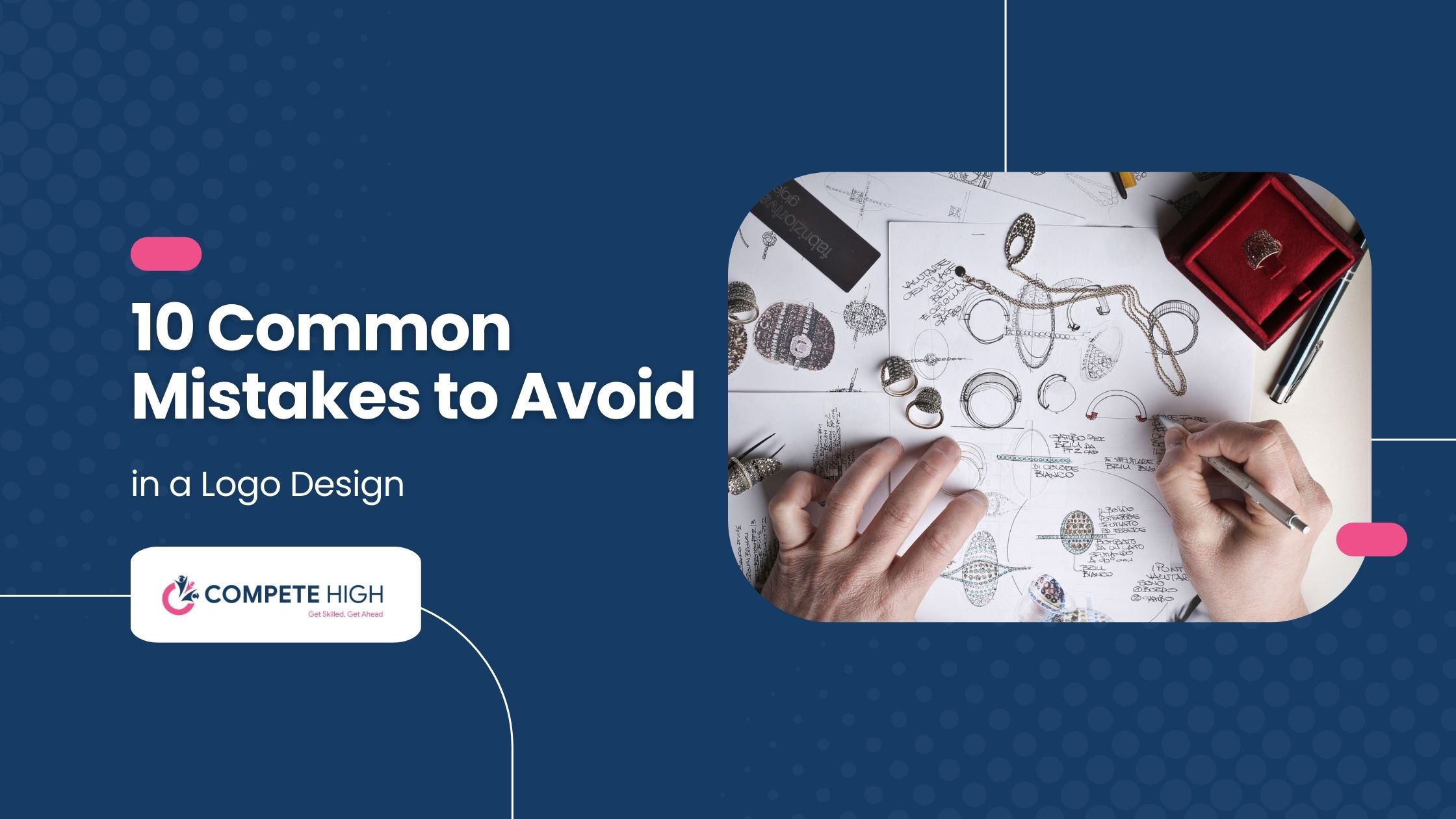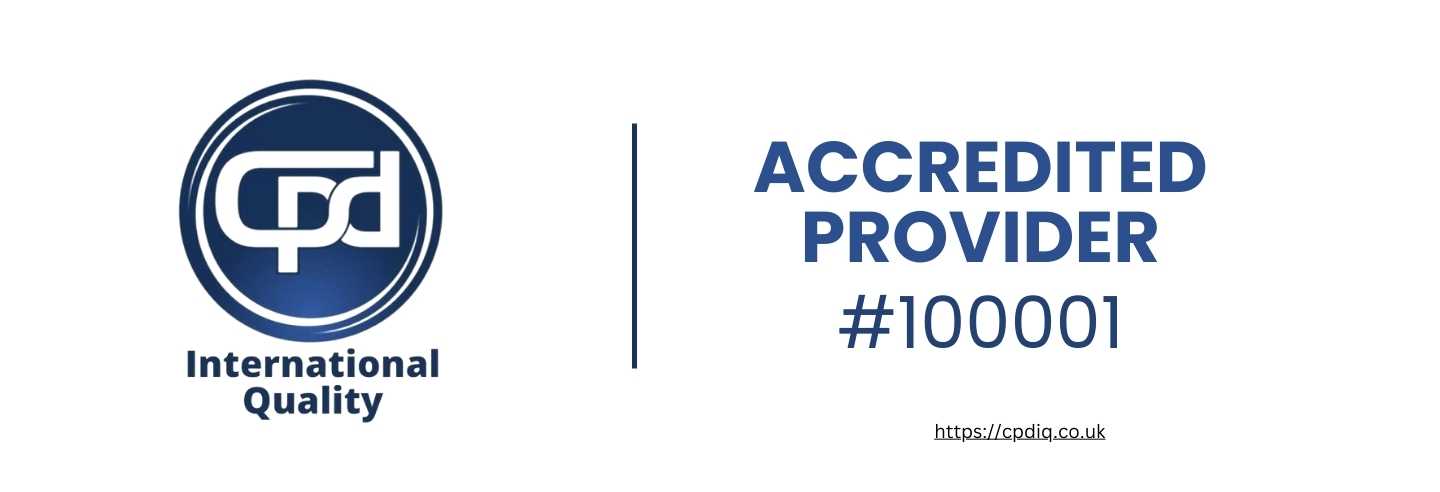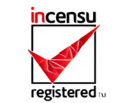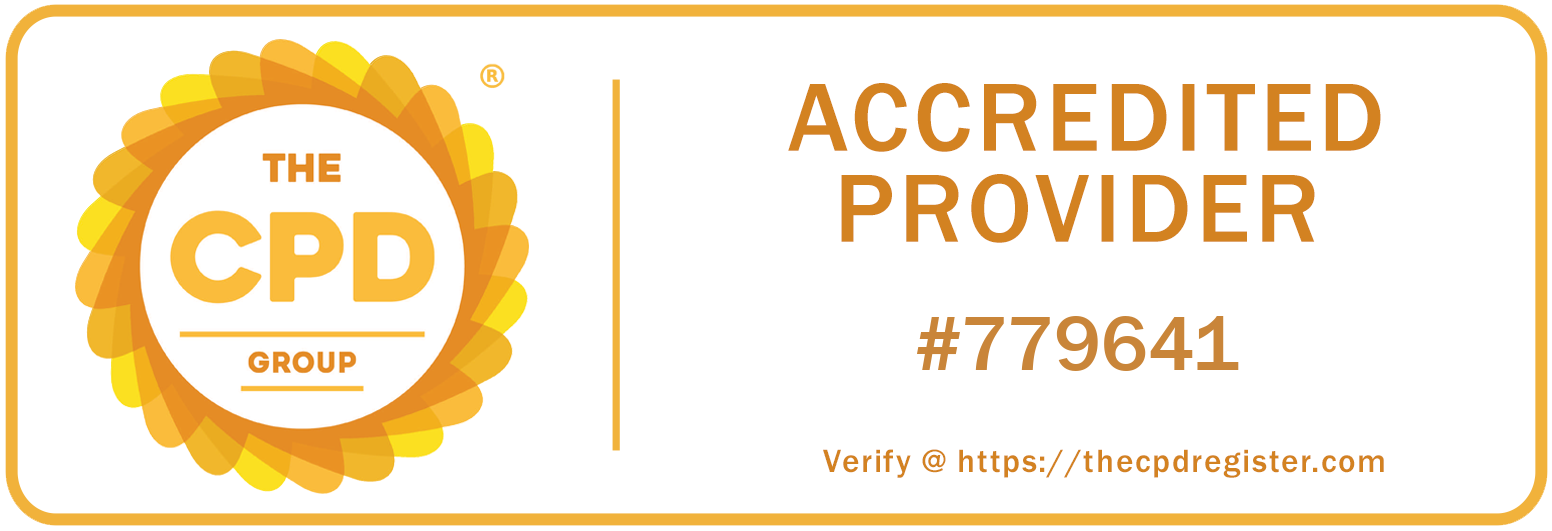
A logo is an important part of brand identity and helps to ensure brand identity and recognition. So it is important to be aware of the common mistakes to avoid in a logo design. However, the most common mistakes in logo design can hurt how your brand is perceived. This guide will help you understand the most common mistakes to avoid in a logo design and provide advice for avoiding them so that your logo is successful and effective.
Overcomplicating the Design
When it comes to mistakes to avoid in a logo design, simplicity is best. A simple logo is more flexible than a complex one and easier for audiences to recognize and remember. When loads of elements, intricate detailing, and excessive copy crowd a logo, they can make it hard to understand and reproduce in different sizes and media.
The Importance of Simplicity in Logo Design
Simplicity allows logos to be easily recognizable and understood. A simple design that cuts straight to the point has the best chance of providing the brand's message and values clearly and unambiguously. A simple logo is more easily adapted and would look great on anything from a business card to a billboard.
How Complexity Can Detract from the Logo's Effectiveness
This means that in some contexts (e.g., when a logo is shrunken or reproduced in black-and-white), the complexity may be lost. If a design has too much detail, it can become blurry or unrecognizable on a small scale. Too many elements can be confusing to the viewer. At the same time, a complicated design can be difficult to remember, undermining its effectiveness in generating brand recognition.
Tips for Simplifying Your Logo
To simplify your logo:
- Keep your central message in mind, then create something that conveys your message with as few elements as possible.
- Use as few colors and fonts as possible.
- Test your logo at different sizes to make sure it's still clear and recognizable.
- Kill off anything that doesn't add value.
- Using Too Many Colors
When it comes to mistakes to avoid in a logo design, color is one of the most useful tools at your disposal. But, like so many other things, too much color can be harmful. An overly colorful logo can feel unprofessional and cluttered, making it harder for your audience to associate your brand with individual colors.
The Impact of Excessive Colors on Brand Recognition
Too many colors in a logo can dilute the brand's personality, while too many colors for printing may also become costly. Making a logo work for different applications can also prove detrimental. So consistency is key to brand recognition, and a cohesive color palette contributes to a strong and memorable visual identity.
How to Choose a Cohesive and Effective Color Palette
Then, grasp the psychology of color and how it relates to your brand and message. Choose your primary brand's color. To complete your palette, choose one or two complementary colors. Adobe Color is a great tool for playing with different combinations of colors to find a palette that balances the impact of your logo.
Examples of Successful Logos with Limited Color Use
Several of the most famous logos also use a limited color palette, such as the McDonald's logo, which employs red and yellow to suggest happiness and excitement, or the Nike logo, which is often displayed as a simple black and white rendition with a daring touch of this color, standing out against a soft white background.
Relying on Trends
No matter how tempting it may be to design a logo that is currently on trend, this automatically means your logo will appear dated very soon. Trends are great, but a logo should be able to survive the test of time.
The Risks of Designing a Logo Based on Current Trends
Over Reliance on trends can make your logo seem outdated as soon as those trends go out of style, leading to frequent redesigns that can confuse your audience and dilute your brand identity. A trendy logo might also lack the differentiation you need to stand out in your market.
The Importance of Timeless Design Elements
Certain timeless logos rely on classic design principles, and they generally don't go out of style at the whims of fashion—they're simple yet balanced in their proportions, with appropriate and thoughtful uses of color and typography. A timeless logo helps create a brand image that's stable and consistent and will resonate with your audience over the long term.
How to Create a Logo That Stands the Test of Time
Let these core values and essences inform the design of your logo. Don't fall for trends or gimmicks; keep it simple and clear. Use design elements that are universally understood and appealing. Find examples of successful, long-lasting logos, and don't forget to seek out the common traits that help them stand the test of time.
Poor Font Choice
The choice of typeface or font is one of the most important considerations in the mistakes to avoid in a logo design. Choosing the right font to achieve the desired impact and message can make or break your brand identity.
The Role of Typography in Logo Design
Fonts are an essential ingredient in good logo design, adding a textural element to the visual one. They can be emotional and speak to us in different tones; they can be professional, friendly, elegant, or modern. The typography you choose should fit your brand's personality and cohere with the rest of your logo.
Common Mistakes in Font Selection
The most common mistakes to avoid in a logo design's font choice is using too many fonts in a single logo, which creates a design that looks unprofessional and cluttered. Another mistakes to avoid in a logo design is choosing unreadable fonts, especially when they're used in small sizes. Another mistakes to avoid in a logo design is using overly trendy or fashionable fonts, which will date your logo as design fashions change.
Tips for Choosing the Right Font for Your Brand
For example, a font for a serious, formal brand will feel out of place alongside one that's fun and cheeky. You want a font that's easy to read, especially when it's small. You might have a lot of fonts you like, but keep it to one or two that work well together in your design. Try different fonts to see how they work with all the visual elements in your logo and if they help or detract from it.
Ignoring Versatility
This is especially important for a logo that can be used across multiple applications and might need to fit into smaller or larger spaces. You want your brand's identity to be legible in any context.
The Need for a Logo to Work in Various Sizes and Mediums
Your logo will be used in many different sizes and formats, from tiny icons on social media to large billboards. It needs to look as good in the small format as it does in the large; your logo needs to be legible and recognizable in all contexts. A versatile logo helps to keep your brand consistent and professional in all of these settings.
How to Ensure Your Logo is Scalable and Versatile
Make sure your logo will work at any size by drawing it in vector graphics. Vector files look just as good scaled up as they do at their original size. In contrast, raster images will look 'pixelated' at large sizes. Scale your logo up to a few inches or down to the size of a postage stamp. Make sure that it's still recognizable at its small size and that it doesn't lose meaning when it's scaled up. If you want your logo to work at any size, you might need to simplify the design.
Creating Different Versions of Your Logo for Different Uses
You can find more uses for your logo if you provide different artwork versions of it. Make a full-color version of your logo for use in most of your applications. Also, have a black-and-white version or a monochrome version for less complex uses. You might also consider providing more versions of your logo in horizontal, vertical, and icon (or mark) forms so that the logo can adapt across the different layouts and mediums that the brand will be using while remaining on-brand.
Neglecting the Target Audience
Make your logo reflect your audience, and you will naturally reflect your brand.
Understanding the Importance of Designing with Your Audience in Mind
Your logo must be able to attract your audience, so it should be tailored to the demands of your target audience. Suppose you don't take into account the tastes and interests of your audience. In that case, you are bound to end up with a logo that does not correspond to the expectations of your target audience and a logo that does not fit in with your brand's image.
Common Pitfalls of Ignoring Audience Preferences
Another is designing from your ego ('I like this color, and I like this font, so that should be the logo') or internally ('This looks good to us; let's go with 'it')—when the only people who'll look at your logo are the people who work for you. The result can be a disconnect between your brand and your customers. One of the biggest mistakes to avoid in a logo design is not doing enough market research to get a feel for what might connect with your target market, so you end up with a logo that doesn't look or feel like it belongs.
Strategies for Aligning Your Logo with Audience Expectations
First, do some research on the market to get a sense of what your audience would like to see and what they might expect. Create specific customer personas to help you design to the right specifications. Test out your logo concepts with a focus group of your target customers to see what feedback they provide and what adjustments you need to make. Does your logo resonate with your audience? Does it reflect their values, aesthetics, and aspirations? You will know that you've succeeded when your customers find something true to them and attractive to them in your logo.
Lack of Originality
It is also important for that logo to be unique. If your logo is unique, then your brand will stand out from those of your competitors. This can help make your branding more memorable.
The Dangers of Copying Other Designs or Using Clichés
Copying other people's designs—or anything that amounts to a cliché—can undermine your brand's authority and integrity and invite legal problems. Your logo will look faddish, out-of-date, and miss its mark.
The Importance of Originality in Standing Out
Since so many businesses use logos, the most effective ones are those that stand out. People will remember your brand if it has a creative logo that is unlike those of other companies. An original logo gives a brand its own individuality, which is essential for being different from others. In addition, an original logo can give a sense of creativity, freshness, and innovation, which can only make your brand more attractive.
Techniques for Generating Unique Logo Ideas
To develop original logo ideas, you need a creative and well-researched approach. Make sure you're familiar with your brand's strengths, mission, and values before you begin brainstorming possible designs. Try sketching out ten to fifteen concepts in a variety of styles and including different elements and shapes. Think outside of your industry to avoid becoming a retronym and avoid common mistakes to avoid in a logo design tropes. Use mind mapping to help you make connections between different ideas and work with professional designers who can add valuable, fresh perspectives.
Inadequate Testing
You have to test your logo in different contexts to determine if it will work in different situations and applications.
The Necessity of Testing Your Logo in Different Contexts
A logo should be able to perform well in multiple contexts. That means it needs to be tested in a variety of formats (print, digital, large-format, small icon, and more) to help identify potential problems and ensure that your logo looks and performs the same way across all contexts. Without proper testing, your logo might look great on your computer screen but fail in other contexts.
Common Oversights in the Testing Phase
Another mistakes to avoid in a logo design is not testing the logo in different sizes. A logo's detail can get lost when enlarged, and vice versa—it can become unclear when scaled down. Another mistakes to avoid in a logo design is not considering the logo on different surfaces or materials. Not testing the logo in black and white can be part of mistakes to avoid in a logo design, too—it must be identifiable without color.
Best Practices for Comprehensive Logo Testing
To really put your logo through the wringer, start by testing it at different sizes, from favicon to billboard. Print it out on different media, and check that it translates well from the digital world to the real world. Obviously, you need to check it on a variety of backgrounds, from light to dark to patterned surfaces. Then, see how it would look when applied to different contexts by creating mockups of the logo used on business cards, websites, and social media profiles. Give it to a wide range of people to get feedback on what might be wrong with it and how it could be improved.
Poor Use of Symbols and Icons
Symbols and icons can help a logo by adding meaning and visual interest. Still, they should be used judiciously, or they can add to the clutter and confusion.
The Role of Symbols in Logo Design
Symbols can help convey important aspects of your brand's identity and values. They can communicate complex ideas extremely quickly and help your logo stick in people's minds. When used well, symbols can make your logo more story-like and, therefore, more memorable and persuasive.
Mistakes to Avoid in a Logo Design When Incorporating Symbols
These include using symbols that are too elaborate or detailed, which can lose their meaning when scaled down, or that are not consistent with your company's brand message or values. Verderber also cautions against having too many symbols in a logo, which can detract from the primary message and make the design feel cluttered. Generic or overused symbols should also be avoided. They will make your logo look unoriginal and unmemorable.
How to Use Symbols Effectively Without Cluttering the Design
To use symbols well:
- Start by selecting a single symbol that reflects the brand's core message clearly.
- Keep the design of the symbol simple and clean so that it stands out effectively when reduced in size or used in other contexts.
- Integrate the symbol as a key element of the overall design, recognizing that your logo will be most effective when text elements are also integrated.
- See how you can use negative space in your logo to create interesting effects without adding clutter.
- Test the logo at a variety of sizes and contexts to see how the symbol works at larger and smaller scales.
- Disregarding brand consistency
A consistent logo design is an integral part of a successful brand. A change in the design of your logo can easily mislead your audience and weaken your brand identity.
The Importance of Consistency in Brand Identity
A consistent logo also helps reinforce and solidify your brand's identity and ensure that your brand's message is conveyed clearly and consistently across all mediums. This helps foster familiarity and trust in your audience and thus makes your brand easier to identify and distinguish from the competition.
How Inconsistent Logos Can Confuse Your Audience
Multiple versions of your logo cause confusion by weakening your brand identity. Presenting your logo with different colors, typography, or design elements can make it difficult for customers to easily recognize and remember your brand, weakening your brand presence and diluting the power of your marketing.
Ensuring Your Logo Aligns with Overall Brand Guidelines
To do this:
- Create brand guidelines that outline the correct use of your logo.
- Specify the actual colors and fonts in your logo.
- Provide examples and grades for various logos (full color, black and white, horizontal, vertical) and how they can be used.
- Make sure everyone in the organization understands and uses the logo accordingly.
- Review your logo usage on a regular basis and make adjustments when necessary.
Conclusion
By taking these pitfalls into account, you can design a logo that is effective, mistake-free, and will contribute to long-term brand success. A thoughtful logo will help your brand be memorable, recognizable, and impactful.










